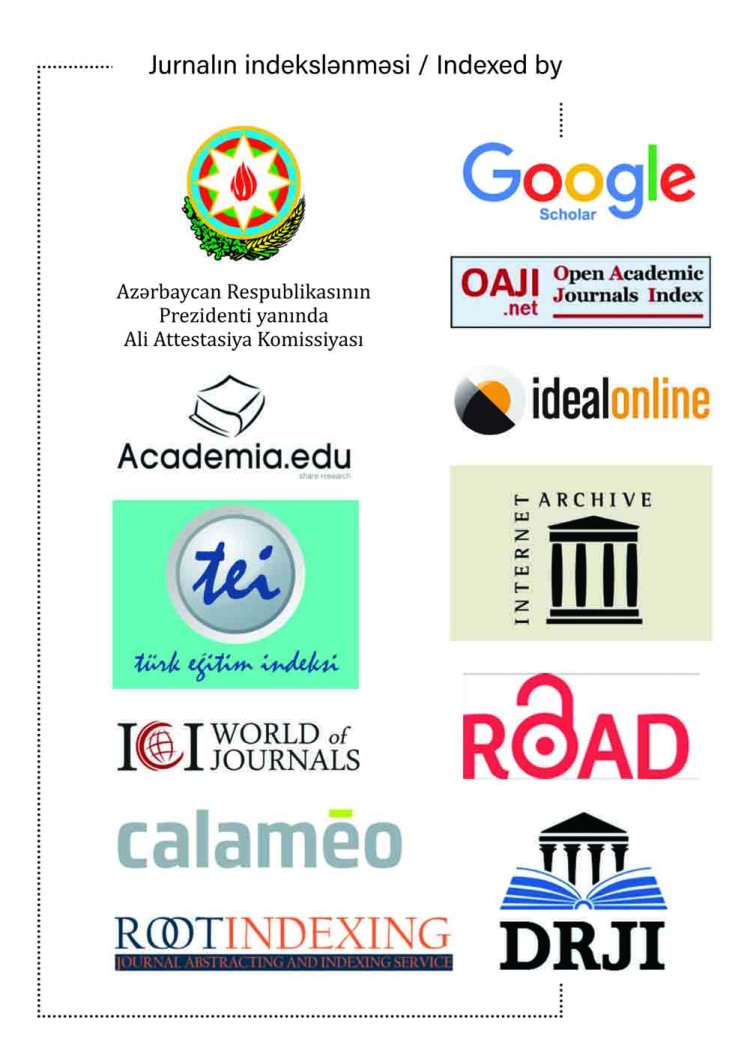THE IMPACT OF AZERBAIJAN’S FIRST MUSLIM GIRL'S SCHOOL ON WOMEN'S EDUCATION
The major initiatives to modify women`s education system from conventional, religious education to secular education were carried out in the first part of the nineteenth century in Azerbaijan. The first secular girl’s school in Azerbaijan was the Holy Nina Girl’s School. According to the statistics made by the school in 1897, only 3 out of 320 students at the Holy Nina Girl’s School were Muslims. Due to several reasons, Muslims refused to let daughters to study in these schools. The above-mentioned situation occupied a key place in the agenda of Azerbaijani intellectuals at the end of the 19th century and early 20th centuries. They constantly accentuated the importance of women’s education in the economic, social and cultural development of society, women’s participation in public life and women’s freedom. Tsarist Russia, on the other hand, thwarted initiatives with the intention of the establishment of secular schools for Muslim girls in Baku. The study examines the foundation process of the first Muslim girls’ school established at the beginning of the XX century, the repercussions of this school in the entire Turkish-Islamic World and its effects on women’s education in Azerbaijan, the first teachers and the next performances of the first graduates of the school.




